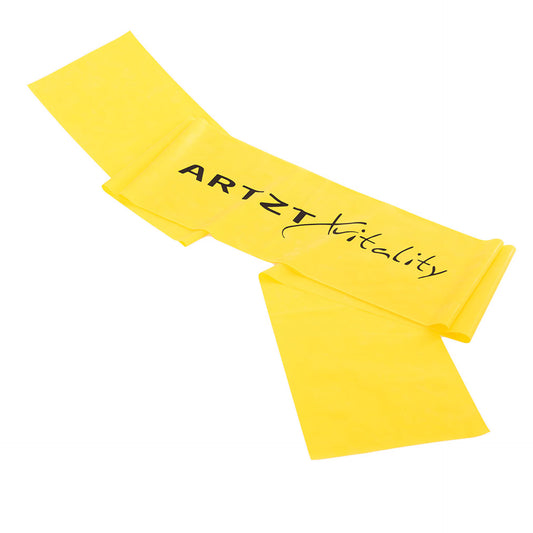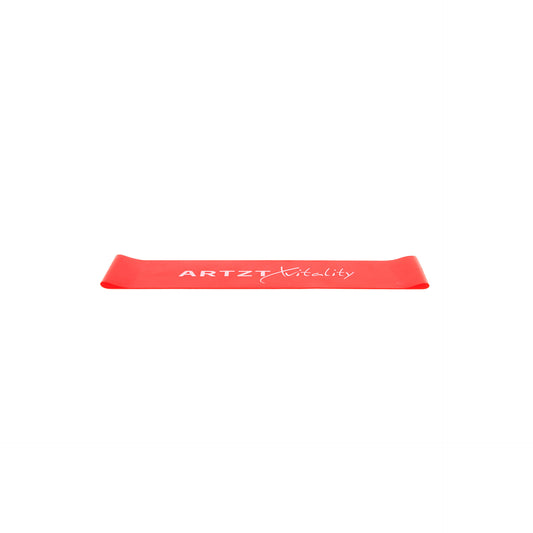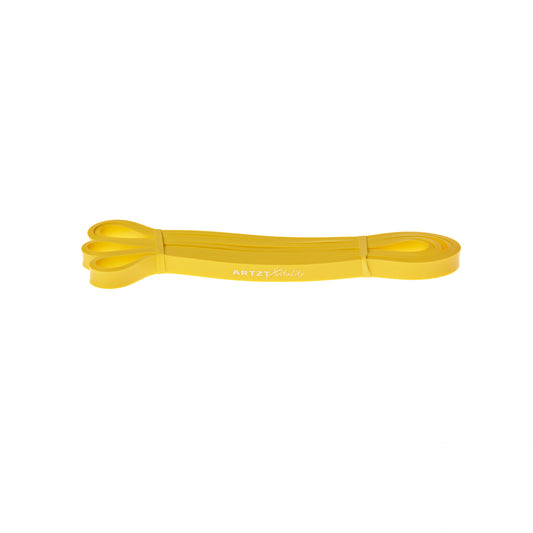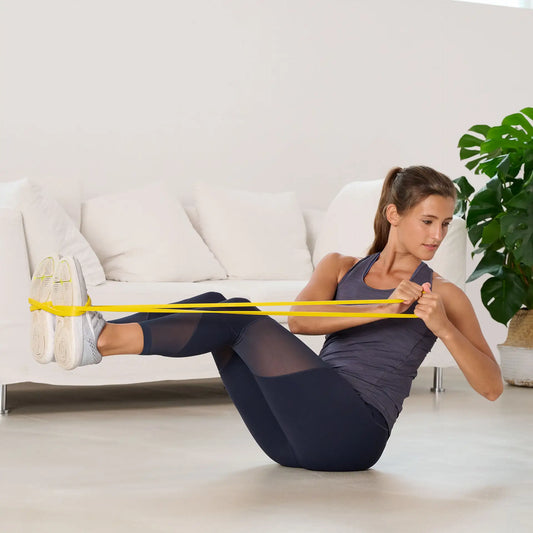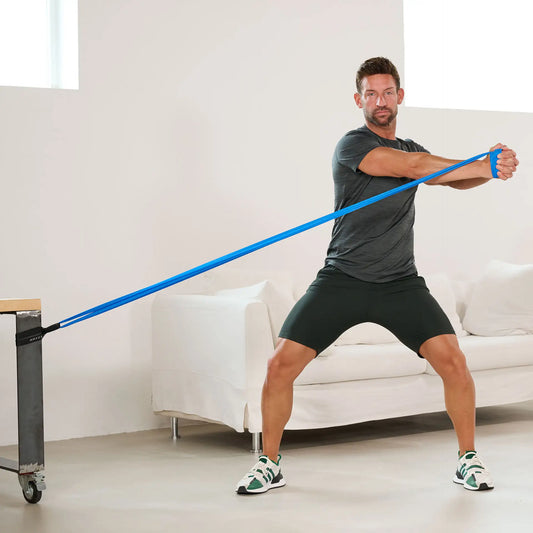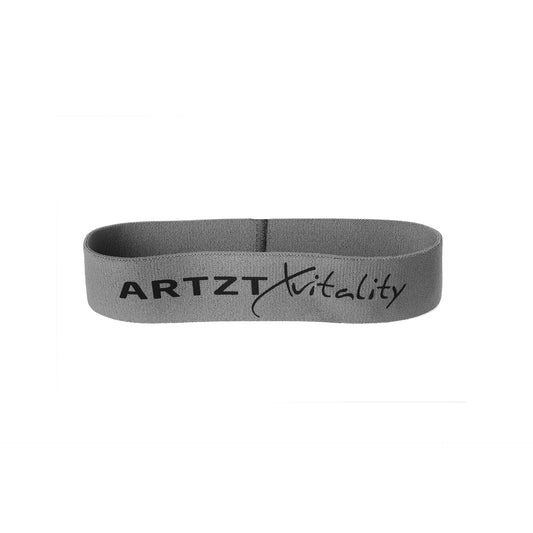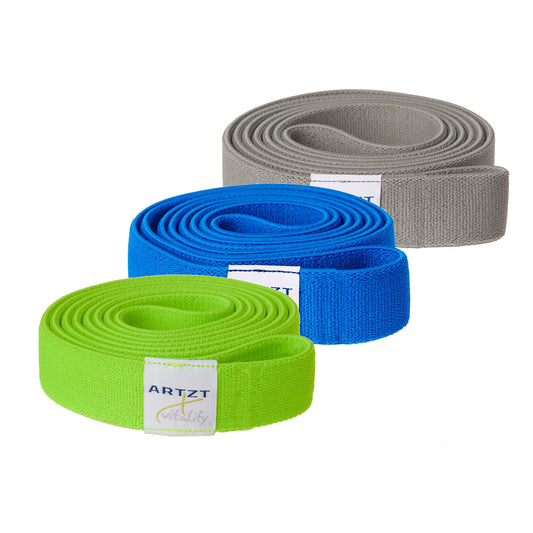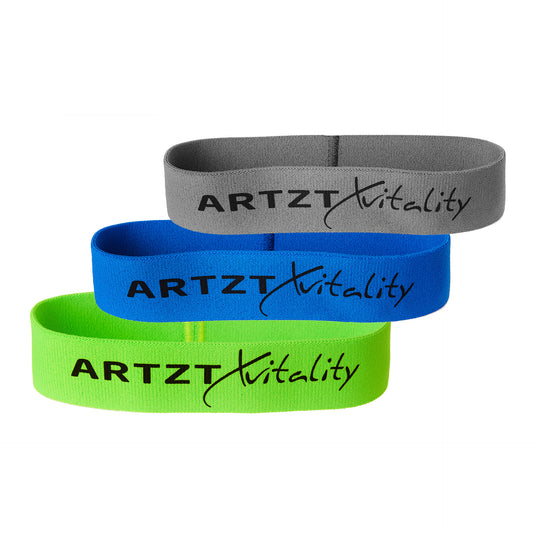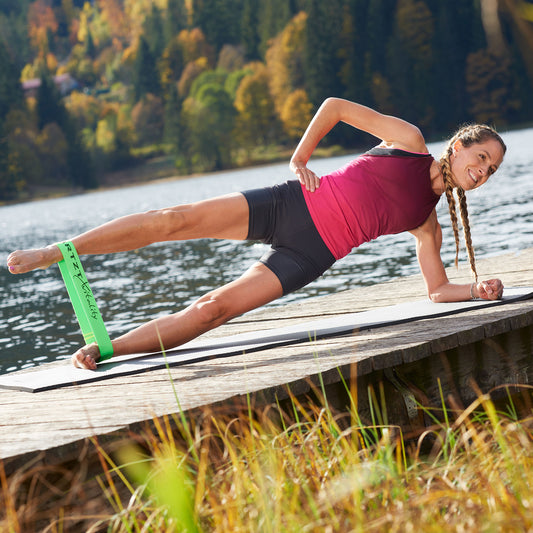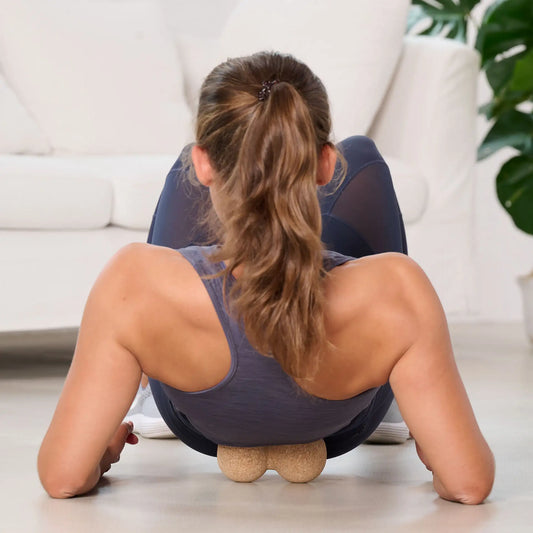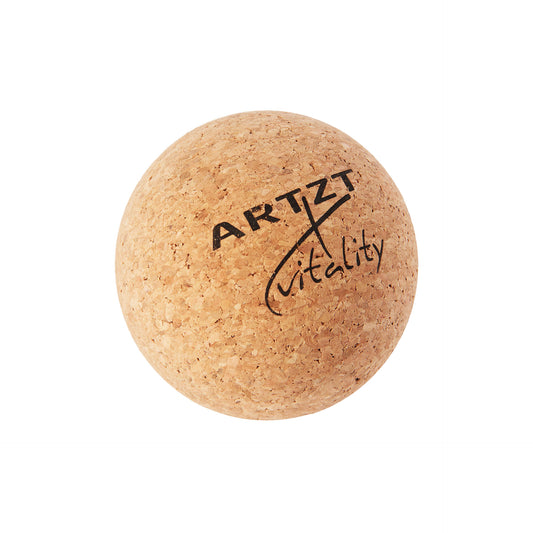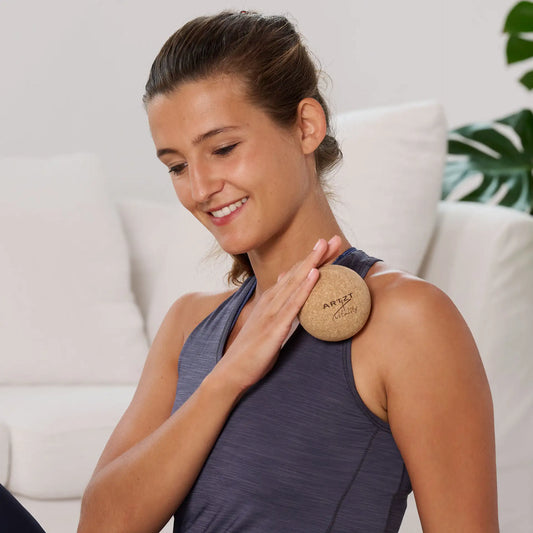
Fascia training - rolling, pressing, stretching
Share
Reading time: 3 min.
Not so long ago, fascia was succinctly dismissed as the “support corset” for the internal organs, a “net” that keeps everything in place. In the meantime, however, we know that the fascia contributes significantly to health and performance - and can and should be trained accordingly.
Contents
What is fascia?Recognized association of numerous structures
Fascia training helps with disorders and adhesions
This is how you train fascia
What is fascia?
Fascia - from the Latin "to connect" - is an independent, central organ that not only shapes the body, but also supports it and contributes significantly to body perception. The net-like fascial network also has an influence on the immune system and psychological well-being. In addition, the fascia have pain and movement sensors and are capable of independent contractions. They ensure power transmission from muscle to muscle and smooth functioning of the entire musculature, including coordination.
At the latest now it becomes clear that fascia training plays a major role in the field of fitness and sport - and not only there. Even in everyday life, which is determined by many people sitting all the time, targeted fascia training supports the function of muscles, tendons and ligaments and helps to increase mobility and thus well-being.
Recognized association of numerous structures
Fascial tissue (visceral fascia, deep fascia and superficial fascia) is found in all areas of the body and ensures a complete connection of all structures. Experts now agree: The fascial tissue is the largest, richest and most important sensory organ for the body's own perception.
Since the first international Fascia Research Congress at Harvard Medical School in Boston (Massachusetts) in autumn 2007, the experts have included all collagenous fibrous connective tissue, in particular organ and joint capsules, muscle septa, ligaments, tendons and the fascia by name in this network.
A lack of training, incorrect and excessive strain impair the fascial tissue: the collagen fibers condense and lose their elasticity, one speaks of glued fascia. Instead of transmitting and harmoniously distributing movements, the fascial chains become triggers for irritation and disturbances. Over time, these dysfunctions (inflammation, metabolic disorders and associated pain, restricted movement and loss of strength) can spread along the fascial network, causing dysfunction even at a distant location.
Fascia training helps with disorders and adhesions
Fasciae are extremely malleable and in the long run, they adapt to almost all loads. As a result, they are also able to find their way back to their natural physiological and thus optimal state with appropriate training. Under the influence of light to strong pressure, stroking and kneading, the fascia is able to contract and relax again and thus reacts well to manual treatment with fascia tools. These treatments aim to positively influence the cellular metabolism, stimulate the reorganization of the fascial structures and loosen fascial adhesions.
Targeted, regular training with a foam roller - also better known to many as black roll - is becoming increasingly important not only in sports, but also in everyday fitness and exercise training. The gliding, flat pressure of a massage roller, which is available in different sizes and shapes, not only stimulates the blood flow but also the circulation of the connective tissue fluid, which makes the structures more elastic and loosens the adhesions of the fascia tissue and underlying muscular tension. The massage with fascia tools can also preventively ensure that painful tension – often stress-related, by the way – does not occur in the first place.
This is how you train fascia
Probably the most frequently used method of fascia training is rolling the body or certain body regions on a fascia roller.
With the so-called "Fascial Release", the affected body region - for example thighs, calves, buttocks, back etc. - is moved over the roller and the body's own weight ensures strong, smoothing pressure on the fascia tissue, which results from the regular rolling gives in. This can release tension and adhesions.
But that's not all: fascia training also aims to press used fluid out of the intercellular spaces. After training, the (connective) tissue fills up with new, fresh fluid (rehydration). Small and sensitive regions are massaged by hand with a fascia ball by rolling the ball over the tissue with pressure.
In fascia training, a distinction is made between two massage and training techniques: fast, intensive rolling with less firm pressure (toning, increased blood circulation) and slow, pressure-based rolling (rehydration, see above).
Targeted stretching, whether in classic stretching or yoga, also serves to train the fascia: if (shortened) muscles are stretched, the parallel fascia that surrounds the muscle also benefit from the training.
By the way: The so-called trigger point massage , in which trigger points – places where punctiform, knot-like muscle hardening occurs particularly often – are specifically worked on with appropriate trigger tools, is not part of fascia training, but helps in addition to strengthen the affected regions with stronger punctual Trigger pressure painlessly.

